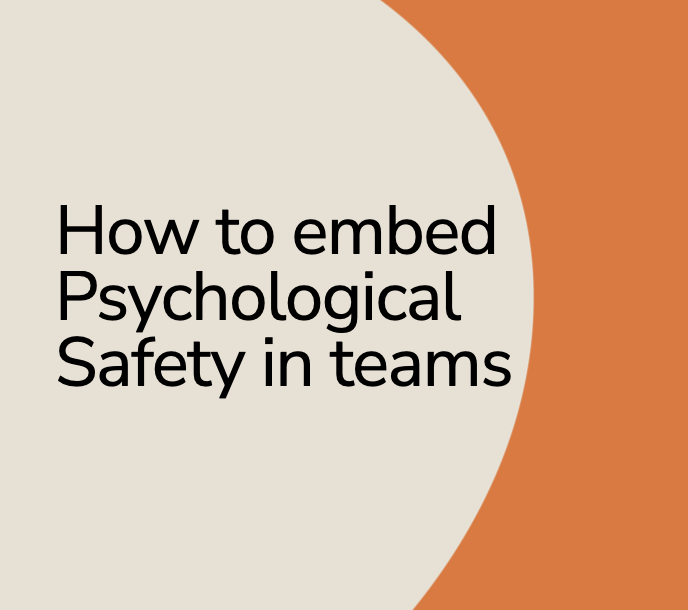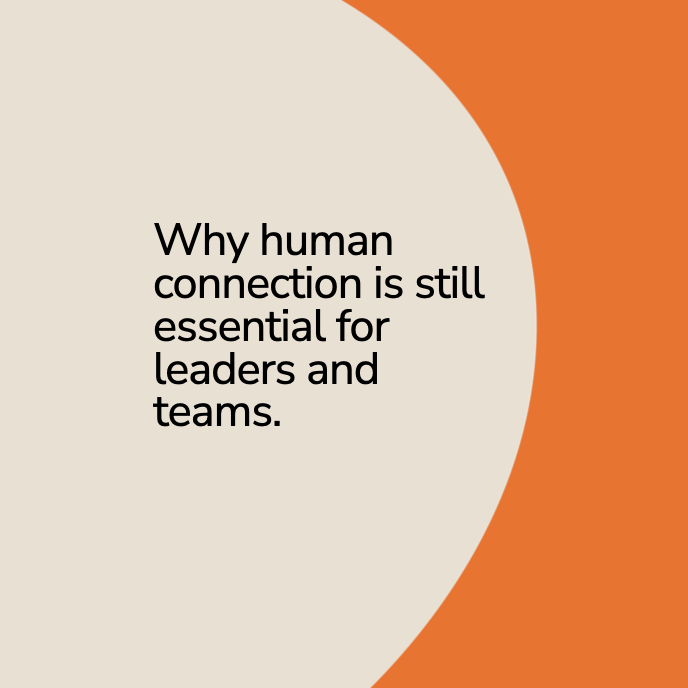How to build a strong culture: purpose, values & behaviours
Culture isn’t built by pizza Fridays and team activity days. It’s created through shared purpose, lived values and tangible behaviours that shape how people work together every day.
This article explores how to co-create culture with your team, defining what you stand for, how you behave, and the small rituals and stories that build belonging.
How to change culture when it’s stuck or turning toxic
Culture is built on belonging. When people feel valued, connected and part of something bigger, they give their best energy. But culture can drift or turn toxic when what’s said no longer matches what’s done.
This article explores how to recognise when culture needs attention, and five practical steps leaders can take to rebuild trust, connection and performance.
How to embed Psychological Safety in teams
Practical ways to build and embed psychological safety make learning, listening, and speaking up part of everyday team life in hybrid, remote, or in-person teams.
How leaders create Psychological Safety
Leaders set the tone for how safe people feel to speak up. This article explores the everyday actions that build or quietly erode psychological safety in teams.
What is Psychological Safety?
Psychological safety is the foundation for great teamwork where people feel safe to speak up, share ideas, and learn from mistakes without fear.
Why human connection is essential for leaders and teams.
“As machines get better at being machines, humans have to get better at being more human.”
This article explores why trust, compassion, and connection are now the true differentiators for leaders and teams in an age of AI and dispersed work.
Creating Culture, Connection and Collaboration in a Hybrid Team
Hybrid and Remote working is here to stay, despite the fact that some businesses are enforcing a return to the office.
How can leaders build a culture of trust, collaboration, and psychological safety in teams when we can’t be physically close?







